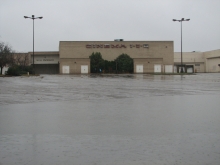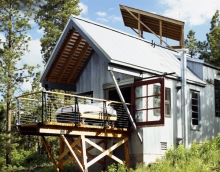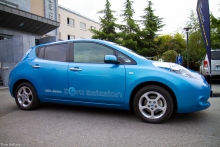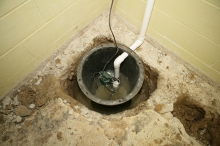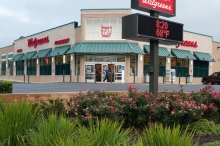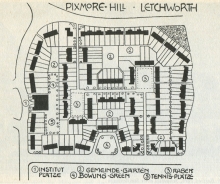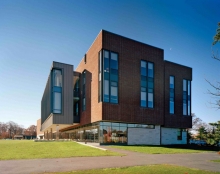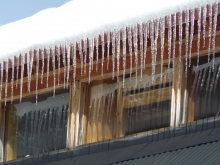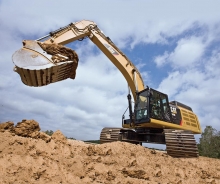The Uncertain Fate of Big Box Stores
The recent news that Best Buy would be closing 50 stores renewed concerns about how this kind of large, empty space could be reused and sparked discussion about the fate of big box retail in general.
What strikes fear in the hearts of those concerned by urban sprawl more than the ubiquitous big box store? Quite possibly, those same big boxes standing empty (case in point: the exhibit �Dark Stores� by photographer Brian Ulrich). "Dark Stores" is the final piece of Ulrich�s three-part series Copia, an extensive study of American consumerism that was shown recently at the Cleveland Museum of Art, and it portrays a haunting array of now-empty retail venues.
